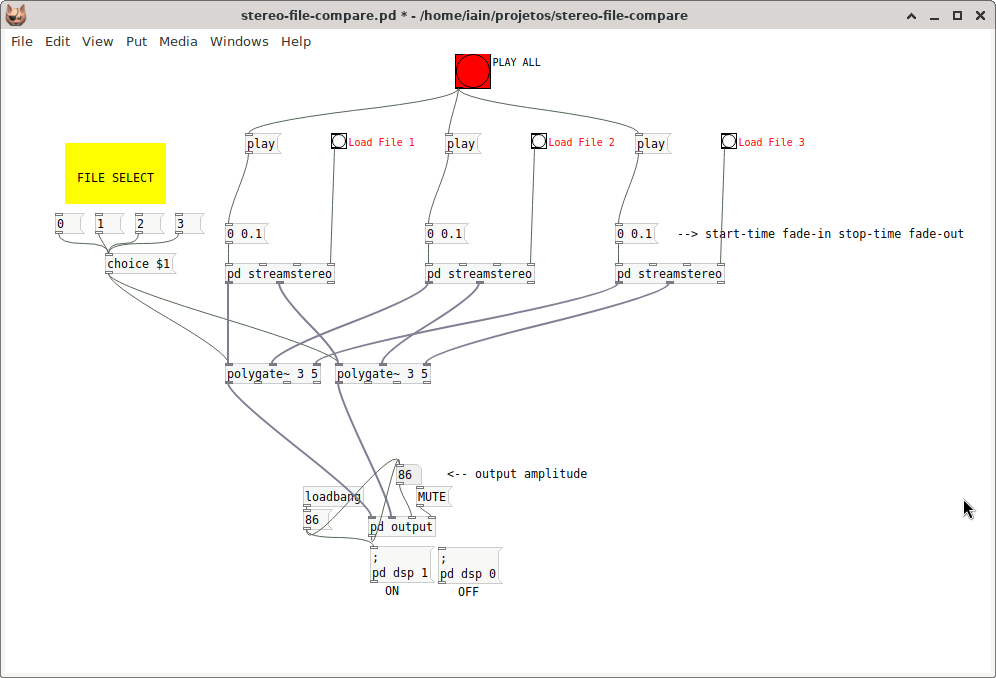"It's am interesting quest, certainly do not be deterred from pursuing your methodology. I do find fault with the logic of searching for what sounds most like live instruments, as if there is some absolute. And there lies the fallacy in the premise.
If we can agree that all devices color the sound with distortion, I believe that some of us find some distortions consonant with the fabric of the music, or "pleasurable" if you prefer, and others find different distortion spectra to be closer to the sound of real music. What works for you will not work for me. And this is supported by the wide variety of amplification topologies that sell well in the marketplace. Like finding a mate, there are some faults that one can live with and some that one cannot. Thank goodness we dont all find fault in the same things."
viridian Thanks for your message. I don't believe its a fallacy that one can be able to distinguish an excellent reproduction from another. It's just that some people are better at it than others. An excellent recording engineer will be somewhere way up on the scale of this ability, especially when they are working closely with musicians to get the sound that the musician wishes (as they should). An excellent musician will also know and even an excellent audiophile that keeps regular contact with live acoustic performance of music. I think it's our ears that get estranged from the absolute sound of instruments because of our distance from them and because we mostly hear instruments played in amplified settings and via reproduction - and in the case of the listener of recorded music near-exclusively, the ears can be corrupted in feedback loop of "taste" - with his or her preferred sound redefining mentally and incrementally what they believe an instrument should sound like. Certainly, every musician has his or her playing technique/embouchure, etc. which affects the sound as does the sound of the instrument itself and the room, but those familiar with the instruments, room acoustics and with the particular player where possible, playing live unamplified, will be able to get closer to an absolute recognition of natural live performance.
So when someone above joked asking if I lived above Carnegie Hall, that would really great and would help me as listener a lot. I have to rely more on memory. But if we want to be good listeners, we do need to know what it is that we're listening to. And I'm not saying what amplifier.
It's interesting, I sent the links of the two recordings to a nephew who is also a drummer, but has younger ears than mine. He heard the opposite to me in terms of body and fullness but agreed with me when it came to the cymbals, choosing e.flac as more realistic in this sense.
I'm still reserving my final decision on which amp I consider more natural until I can write this little program that lets me switch instantly from one recording to another. I'm also really keen to try eric_squires suggestion.
"If you attempt to record off the speaker terminals though you have to be sure you keep your voltages low, probably 2V or less at all times."
erik_squires Thanks Erik. Yes, I won't use one of my good recorders for this or the laptop input, but I have a cheap Behringer dongle interface that I can risk. Would it matter if I connect the wires at the amplifier end, as long as the speakers are attached? I can keep the wires shorter that way and won't have to shift heavy speakers around.


